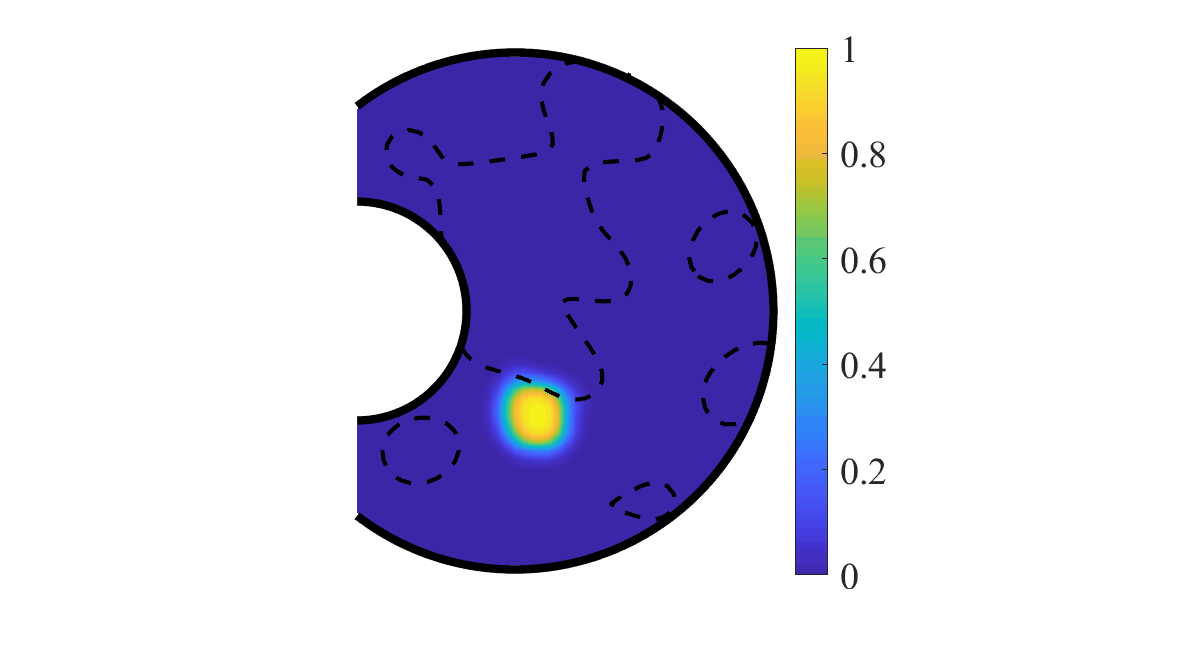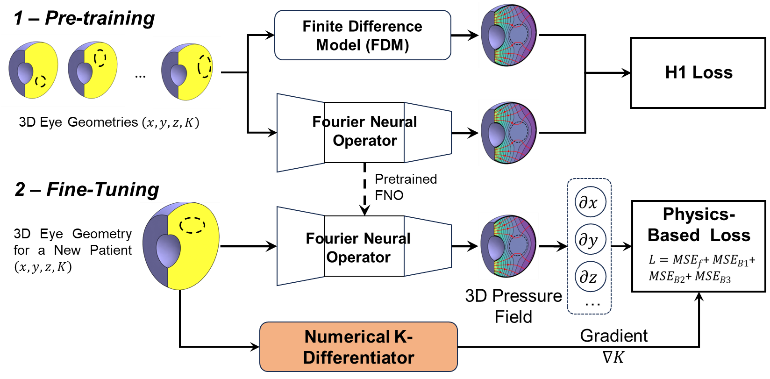Transforming Intravitreal Drug Delivery with Deep Learning

Retinal diseases are among the most common vision-related afflictions in the elderly, including conditions like macular edema, diabetic retinopathy (DR), and neovascular age-related macular degeneration (AMD). Approximately 15 million people in the United States have AMD, with more than 1.7 million suffering from advanced stages, and more than 9.6 million are living with DR. Effective treatment often requires successful drug delivery to the retina, a process complicated by the eye's complex internal structures and fluid-transport mechanisms. Intravitreal drugs are transported by diffusion and convection within the vitreous humor, but heterogeneities caused by vitreous liquefaction can significantly affect drug distribution, diverting delivery depending on individual eye topography. At Biotransport Systems Developments, we are pioneering a groundbreaking deep learning solution that predicts intravitreal drug transport, optimizing ocular injection therapies and paving the way for individualized treatment.
 Transfer Eye Imaging to Intraocular Pressure and Velocity Field
Transfer Eye Imaging to Intraocular Pressure and Velocity Field
Key Features of Our Solution
Our innovative Physics-Informed Neural Network (PINN) framework accurately predicts the transport of drugs within the vitreous humor by integrating advanced neural network architectures with the physics of intravitreal fluid dynamics. We have developed a pretrained Fourier Neural Operator (FNO) model that significantly reduces computation time and improves prediction accuracy, enabling rapid and personalized treatment planning. By incorporating complex vitreous geometries and liquefaction patterns, our model provides more accurate predictions than traditional methods, enhancing the effectiveness of therapies for retinal diseases. This approach allows for individualized predictions of drug distribution within the eye, optimizing dosing strategies, reducing side effects, and improving patient outcomes. Our preliminary models have demonstrated exceptional agreement with traditional Finite Difference Methods (FDM) with only 0.39% difference, validating the accuracy of our approach.
 Foundation Model Pretraining and Fine-tuning
Foundation Model Pretraining and Fine-tuning
Be our partner
Our team combines expertise in ophthalmology, computational physics, and machine learning to tackle the multifaceted challenges of intravitreal drug delivery. We invite medical professionals, investors, and industry partners to join us in transforming ophthalmic treatment through cutting-edge deep learning technology. Together, we can make individualized, effective eye care a reality, restoring vision and improving quality of life for patients worldwide.